Safranal-loaded gold nanoparticles alleviate hepatocellular carcinoma via targeting the Wnt/β-catenin pathway
- PMID: 40389761
- PMCID: PMC12089598
- DOI: 10.1007/s12672-025-02447-w
Safranal-loaded gold nanoparticles alleviate hepatocellular carcinoma via targeting the Wnt/β-catenin pathway
Abstract
Background: The Wnt/β-catenin pathway is frequently activated in hepatocellular carcinoma (HCC); thus, it is considered a potential target for novel therapies. Safranal (SAF), a natural product, is reputed for its antitumor and antioxidant activities. Gold nanoparticles (AuNPs) exhibit unique physicochemical properties, they can carry and transport drugs to the tumor as they can passively accumulate within the tumor. The current study aims to evaluate SAF and SAF-AuNPs antitumor effect in HCC model via targeting the Wnt pathway and to evaluate the ability of SAF-AuNPs and Doxorubicin-gold nanoparticles (DOX-AuNPs) in ameliorating DOX chemo-resistance in HCC and enhancing its therapeutic index to reduce unwanted side effects.
Results: SAF significantly attenuated the Wnt/β-catenin pathway, which down-regulated the proliferation and tumor angiogenesis. SAF decreased significantly Wnt-3a, β-catenin, Cyclin D1 VEGF and MMP-9. Developing SAF-AuNPs enhanced the antitumor activity of SAF against HCC. Furthermore, SAF-AuNPs enhanced DOX-AuNPs antitumor activity and lowered multi-drug resistance (MDR) protein level, which attenuates DOX chemo-resistance.
Conclusions: We conclude that SAF and SAF-AuNPs are promising treatments for HCC. They have promising antitumor activity in addition to the ability to attenuate DOX chemo-resistance, so, the desired therapeutic effect may be obtained with minor doses and lowering the side effects.
Keywords: Doxorubicin; Gold nanoparticles; Hepatocellular carcinoma; Safranal; β-catenin.
© 2025. The Author(s).
Conflict of interest statement
Declarations. Competing interests: The authors declare no competing interests.
Figures

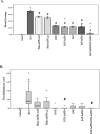

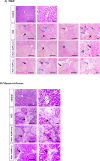
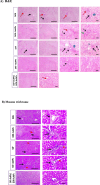




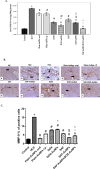

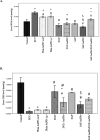
References
LinkOut - more resources
Full Text Sources
Research Materials
Miscellaneous
